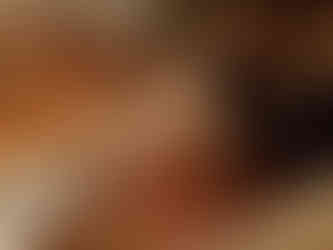3. We start building
- ricoravenmusic
- May 2
- 3 min read
Updated: Nov 7

When realizing that the Lumatone was not what I was looking for I started searching for alternatives. The first thing that came to mind was my meeting with Peter Reinert half a year earlier. I wrote him an E-Mail asking whether he could build a midi Jankó keyboard for me (I remembered from our conversation that he once built something like that). He replied in a very kind mail that, in principal, it would be possible and that he would be happy to support me on my journey.
Almost at the same time I discovered John Moriarty's 3D-printed Jankó overlays that can be put on top of a regular piano keyboard. I also wrote him an E-Mail and shortly after we had a video call between the USA and Germany. It was a very interesting and lively exchange about isomorphic layouts and he agreed to reactivate his 3D-printer.
Only a few days later I got in contact with Fred Merck who I knew from the Facebook Jankó group. He has been actively developing and building his own version of a 3D-printed Jankó overlay and it turned out that I could possibly test one of his units.
All of this sounded pretty promising but I had the suspicion that I would need to be patient. Since I'm a very impatient person by nature, I started wondering whether I could somehow build a Jankó overlay myself (although this was a pretty abstract idea because I had never built anything with my hands before). I wasn’t really taking myself too seriously until suddenly my girlfriend told me „Okay, next weekend we’re going to a DIY-store, buy wood and tools and build you a Jankó piano. One can build anything from wood.“ I got really excited about this idea. Only a few days later we found ourselves in the basement cutting, grinding and drilling.
Since at that time I didn't know the superpowers of glue yet, my idea was to thread the wooden keys onto a metal rod that should be placed at the back of the black keys. It was a lot of work drilling all the holes precisely in the middle of the thin keys and attaching them to the rod together with lots of little nuts.
We finished all the work but unfortunately realized that this construction was much too wobbly and noisy (despite the felt and rubber we put on the keys) and all in all not really playable. At this point I already almost gave up, thinking I should leave the building to the professionals. But my girlfriend encouraged me to carry on and try out other approaches.
The next idea was to remove the metal rod completely and instead fix the wooden keys directly to the original keys with double-sided adhesive tape. I was still skeptical whether the tape would be strong enough but we gave it a try.
I was amazed, the tape was in fact incredibly strong and it was almost impossible to remove the wooden keys again. The playability was also very good. This time there was no wobbling whatsoever, it almost felt like direct contact between my fingers and the original keys. I was really excited and for the first time started to be convinced that this approach was actually going to work.
In the beginning the keys were still completely flat and with thus we got a Dodeka layout (flat chromatic keys from left to right). I had read about this layout and was curious how it would feel, but quickly found out that the chromatic keys were much too close to each other. One would too easily accidentally hit neighboring keys. On top of that, since all keys felt the same, there was no tactical feedback for orientation whatsoever.
We continued adding little wooden blocks that would eventually turn into the typical wholetone rows of a Jankó.
We needed to increase the height of these blocks row by row so one could comfortably reach each key (in particular with the thumb), not needing to press into a hole. Finally, we added square plates as playing surfaces on top of the little blocks.
I drastically underestimated the amount each key would move forward when pressed, so everything became a bit messy. In particular, we needed to remove the fifth row that we originally planned.
Everything went a bit differently than expected, we did a lot of mistakes and corrections, and the overlay was far away from machine precision. But still: in the end we finished our first version of a Jankó keyboard and I couldn't wait for the glue to dry so I could finally try it out!































Comments